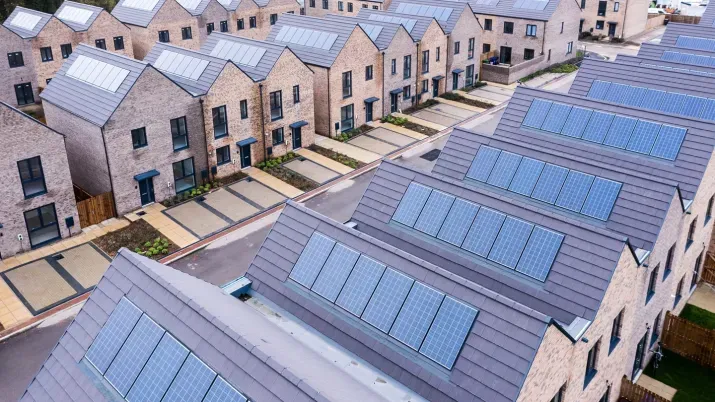Ratings Migration Pointing to Lower Defaults
TwentyFour
A trend of negative ratings migration has historically been a consistent precursor for a pick up in the default rate of publicly rated debt. A rising default rate is usually a strong headwind for the performance of the lower rated sectors of fixed income credit markets and why in the early stages of an economic recovery that quality typically leads the recovery.
Back in March it was practically impossible to predict what the high yield default rate was likely to be in 12 months’ time, except that it was likely to be materially higher. Our own view was that the global rate was likely to exceed 10% but while this was building up we would be experiencing a huge negative swing in the upgrade to downgrade ratio across all ratings categories with probably 10 downgrades for every upgrade.
Since then it has been clear that the extraordinary actions from the various authorities have not only helped to defend against an uncontrollable default cycle, but also significantly mitigated a normal default cycle. Rating agency forecasts for high yield default rates have been slashed, particularly in Europe to around 5% for 2021. Even in the US where the traditionally most cyclical sectors have much higher weightings in the lowest rated categories where the defaults would be expected to happen, they now predict that the default rate for the US high yield credit markets is unlikely to be much higher than 10% in the year ahead. This compares favourably to 2009 when Moody’s global speculative grade default rate peaked at 15.6%.
Banks earnings have been resilient and loan losses have been well controlled and the details in bank results give us good colour on where these defaults are by genre and geography but for the larger rated corporate universe that bond investors are exposed to most, ratings migration data also backs up a much lower default rate than was feared.
Let’s look at some examples:
According to S&P, for North America there have been on average 9 downgrades this year for each upgrade. Breaking it up into quarters we see that Q1 had nearly 8 downgrades per upgrade, Q2 had what is likely to be the cycle high of nearly 17 downgrades per upgrade, but Q3 so far has had only 3 downgrades per upgrade. Moodys data for North America shows a very similar picture, albeit less severe.
When we look across different geographies the trends are the same, and similarly when we look across industry types the trends are still the same. Naturally the typically pro cyclical sectors are the ones with the most severe downgrade stats and the traditionally defensive sectors with better overall ratings dynamics.
There is not a lot more that we can read into this data at this stage, with our conclusion being that the action from the authorities has been effective so far and the decrease in credit spreads has some fundamental rationale as well as the very strong technical rationale that we have written about so often of late.






